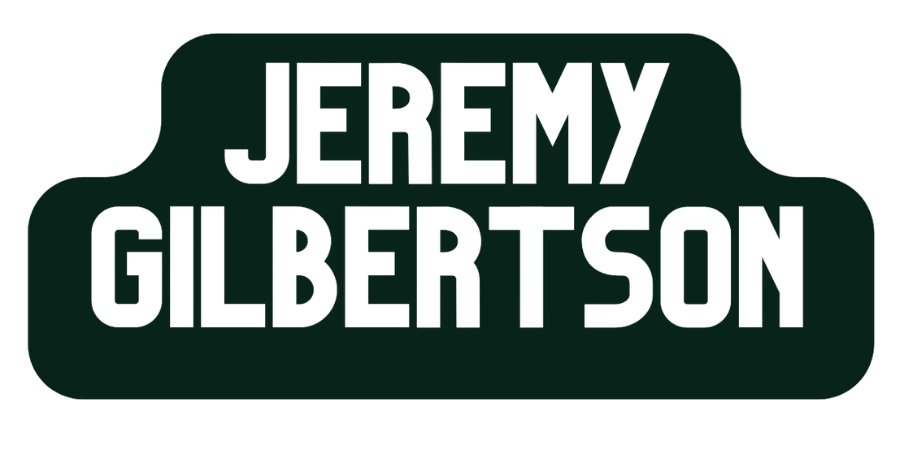The Art of Combinatory Play
Einstein came up with his best ideas while playing the violin.
Think about these two words … AND. OR.
“AND” is inclusive. It sets the tone for a partnership of sorts between the words that it connects. “OR” clearly puts the adjoining words into an adversarial relationship that usually ends in a choice of one or the other.
Why do we have to be just one type of thing?
“If you operate within a field, you primarily are able to combine concepts within that particular field, generating ideas that evolve in a particular direction — what I call directional ideas. When you step into the Intersection, you can combine concepts between multiple fields … — what I call intersectional ideas. The difference … is significant.”
(Frans Johansson The Medici Effect p. 16-17)
The Intersection that Johansson is referring is full of “AND”.
These intersectional ideas are created by thinking across disciplines, rather than within the confines of a single discipline. Transdisciplinary thinking can be very different from how most of us were taught from elementary school through college. Math was easy for some of us, others were able to create beautiful paintings, and other groups had a solid grasp on grammar and the structure of our language. Over the years, and through multiple feedback loops, we end up labeling ourselves as one thing “OR” another, instead of a combination of things with the ability to work between them.
What about right-brain or left-brain dominance? According to the theory, left-brain dominant people are more organized, rational, and logical, while right-brain dominance drives creativity, imagination, and artistry.
How about right-brain “AND” left brain, not right brain “OR” left brain? Natural inclinations aside, couldn’t the non-dominant side be cultivated? As a lacrosse player, I can develop my left hand, right? Labels limit our potential, so let’s be inclusive rather than short-sighted.
The history of the invention of the printing press is a perfect example of “both brains” working together.
“It turns out that the printing press is far from simple. The technological innovations that Gutenberg developed were much more than the modification of a wine press and the addition of the idea of movable type. Gutenberg combined and extended a whole host of technologies and innovations from an astonishing number of areas, and that is what made his work so powerful. He used metallurgical developments to create metal type that not only had a consistent look (Gutenberg insisted on this) but type that could be easily cast, allowing whole pages to be printed simply at once. He used chemical innovations to create a better ink than had ever been used before in printing. Only by having the combined knowledge of all of these technologies does the printing press become possible and cost-effective.”(Samuel Arbesman The Half-Life of Facts: Why Everything We Know Has An Expiration Date)
I think Gutenberg liked “AND” as well.
